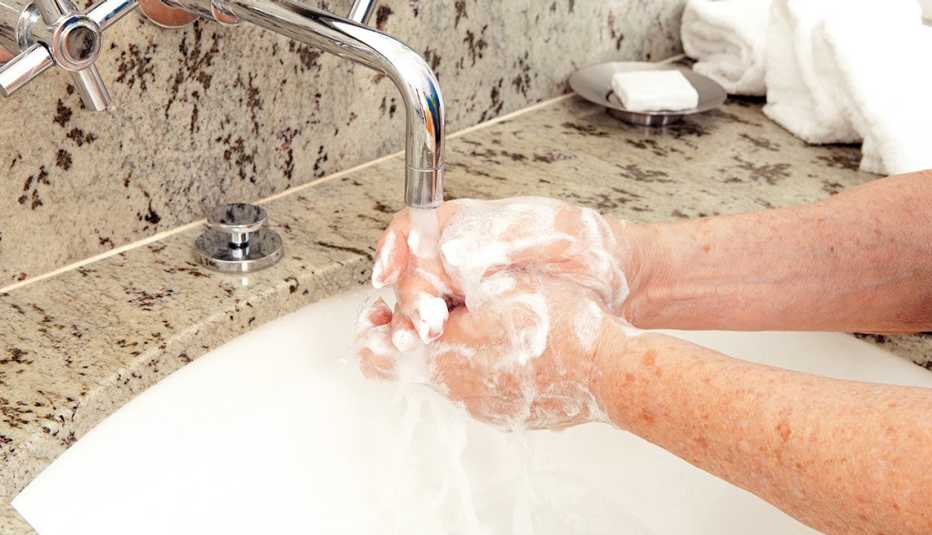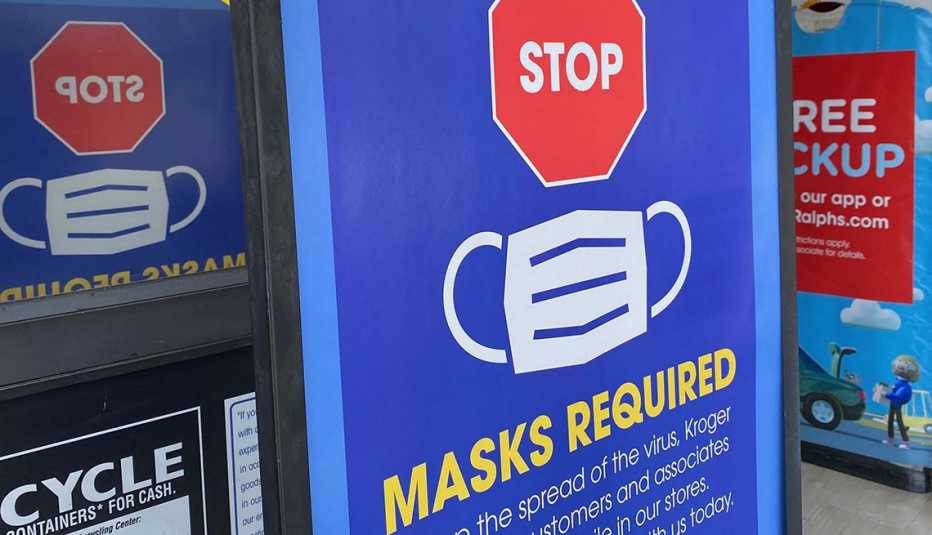AARP Hearing Center
| Many of the nation's small businesses are struggling financially because they had to shut down temporarily to deter the spread of the new coronavirus. Help has become available through billions of dollars the federal government offered through loans that can convert to grants if the businesses use the money to keep their employees.
As part of the CARES Act signed into law in late March, the government set aside $349 billion for what the legislation calls the Paycheck Protection Program (PPP) that is run by the Small Business Administration (SBA), with an additional $310 billion added in late April. Under this program, small businesses — those with fewer than 500 employees — can take out loans to pay for workers’ salaries, health-care benefits and sick leave, along with other key expenses such as rent and utilities. People who are self-employed or working as independent contractors also are eligible to borrow through the PPP. A new law now permits small business owners to apply for PPP loans through August 8, 2020.
"Securing these funds could make the difference between keeping a business up and running over the coming weeks or being forced to reduce salaries, lay off employees or shutter businesses entirely,” U.S. Chamber of Commerce CEO Thomas J. Donohue said in April.


PPP loans are different from the disaster relief loans that the SBA offers, which also have received additional funding through a recent coronavirus relief law. Perhaps the most significant difference between the two offerings is that loans from the PPP can convert to grants — meaning the business owner won't have to pay back the debt — if certain conditions are met. Small businesses that already have disaster relief loans for the coronavirus pandemic or other earlier disasters are still eligible to apply for PPP loans.
How the Paycheck Protection Program works:
Companies that meet the SBA's definition of a small business can borrow up to 2.5 times their company's average monthly payroll costs up to $10 million.
The amount of money the borrower spent on the following items — and possibly other expenses not listed — during the 24 weeks after the loan was originated is eligible to be forgiven if the business retains its workers.
• Payroll costs (for employees earning up to $100,000 per year)
• Rent
• Interest on a mortgage
• Electricity, water, gas, water, telephone or internet payments






























































